“A great fire burns within me, but no one stops to warm themselves at it, and passers-by only see a wisp of smoke.” wrote Vincent in a letter to his brother Theo.
Then I will stop, Vincent, and warm myself at your fire. I know you had great struggles and turmoils and equally great transformations and victories. I know that you came into your highest powers while the depression and madness worked on you the most.
And I know that you took your own life in the end, succumbed to the relentless sadness, the terrible visions, the voices in the night. You left this crazy world behind.
What’s that? It wasn’t all bad, you say? Sometimes the visions and vision itself became blurred and you experienced something quite wonderful? I’m sure you did. The vibrating wheat field and the crows rising up out of it, every brushstroke purposefully placed and full of meaning.
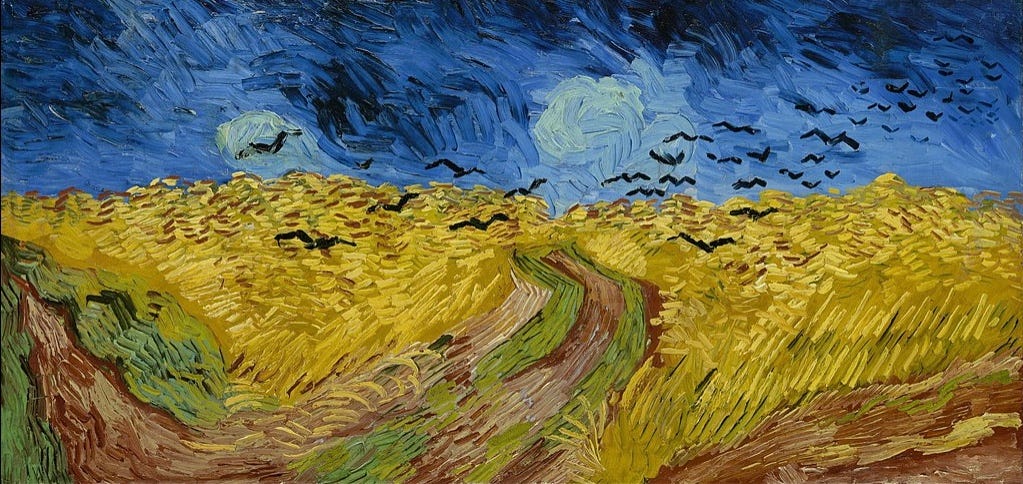
Vincent Willem van Gogh was born on March 30, 1853, in Zundert, a town in the southern Netherlands, near Belgium. His father, Theodorus van Gogh, was a minister of the Dutch Reformed Church and his mother, Anna Cornelia Carbentus came from a prosperous family in the Hague.
Young Vincent was schooled at home by his mother and a governess until he was old enough to attend the village school. Then, when he was eleven, his parents sent him to a boarding school in a nearby town where he felt abandoned and lonely and entreated his parents to let him return home. Instead they sent him to another boarding school in Tillburg, the largest city in the area. He described his youth as being "austere and cold and sterile”.
At the age of 16 he was accepted as an apprentice to an art dealer. His Grandfather and three of his uncles had been or were art dealers and they kind of opened the door for him. He was assigned to London where he fell in love and was rejected, went to Paris and while there grew distrustful of the art dealer’s world and their commodification of painting. He was dismissed from his position.
A phase of pious religiosity followed his professional failure. He aspired to become a minister but couldn’t pass the exam and ended up a missionary to the peasants in the coal mining region of Belgium.
The people there were so poor that he gave up his own lodging to a coal miner and slept on a straw mattress in a hut. His superiors were not impressed by his charity and dismissed him.
He returned home and at the advice of his brother, Theo, started to draw and develop his skill as an artist. He fell in love with his cousin, Kee, who had come to visit and was rejected. His father was profoundly disappointed in him and suggested that he be committed to a lunatic asylum. I guess things were getting dicey.
He met up with his cousin Mauve in the Hague who was already a successful artist and started painting in oils under his tutelage. They were getting along fine, Mauve set him up with a studio and everything but then they fell out. He moved in with an alcoholic prostitute who had a child and was pregnant with another and contemplated getting married. His father freaked out. He abandoned her and left town but loneliness eventually drove him to return home.
Things didn’t work out with his father but he was painting. His palette was dark and brooding but he was making art.
He moved to Antwerp and bought into the starving artist lifestyle. He painted like crazy. He also smoked like crazy, drank too much and survived on bread and coffee. Not exactly a healthy lifestyle.
He joined the Academy there but quarreled with the instructor and left, went to Paris and set up an apartment with his brother, Theo, who had been supporting him financially and emotionally. Paris in 1886 was alive with artists and exhibitions and he met many of them and saw their work. He painted portraits of friends and acquaintances, still lifes, landscapes. Painting, painting, always painting.
Inevitably conflict arose between the two brothers but they managed to patch it up. Theo and Vincent were a team. They loved each other.
Finally, ill from drink and suffering from smoker's cough, he sought refuge in Arles, in the south of France. It was February 1888.
It was in Arles that he came into full possession of his powers. Even as his health was declining his art was bursting out, exploring, experiencing freedom. He painted some of his best pictures while going insane in Arles. The warm colors of the wheat field, the cobalt blue of the sky. The angry Cypress tree, the voluptuous wheat.
He painted a series of sunflower pictures and decorated his house with them.
He aspired to create an artists' collective in Arles and invited the artist Gaugin to join him which he did for a short time but they quarreled. He suffered from psychotic episodes and delusions. He was anxious that Gaugin would abandon him, which he did. One evening, brandishing a razor in a confrontation, Gaugin left the house and Van Gogh followed him. When he returned home he cut off his own ear.
He had himself committed to the asylum in Saint-Rémy and painted scenes he saw through the bars of his bedroom window. Both a sun and a moon appeared there.
The last few months of his life he spent in Auvers, a small town just north of Paris, after he left the asylum at Saint-Rémy in May 1890 but his mental illness relapsed and on July 27 he shot himself with a pistol and died two days later.
You were considered an eccentric, Vincent, a madman. You were ignored and misunderstood and rejected in your lifetime but your paintings never failed to rise above all that. You created art that transformed the most humble of natural scenes into ones suffused with energy, glowing with light, filled with a manic exuberance and at the same time a playfulness. Just by looking at your paintings I can feel the power of your brushstrokes, again and again striking the canvas. I can feel your delight and your energy. I can feel your presence.
So Happy Birthday Vincent. It’s now March 30, 2023. Happy 170th birthday. You have become one of the most celebrated artists of the 20th century, I must tell you. I mean in all of Western art history your name would be mentioned as one of the stars. Yes, the stars as in Starry Night.

You did not have an easy life but you produced some of the most exquisitely beautiful paintings ever painted, nearly 900 of them, and most created during the last two years of your life.
Thanks for the souvenirs. And thanks for the letters you left in correspondence with your brother, over 600 of them. “I have walked the earth for 30 years and out of gratitude want to leave some souvenir.” you mentioned in one of them.
I get it. I try to do the same. I think we all do, most of us. Leaving a small souvenir of having been here is maybe all we can do.
music :: 01:06:12 Lisofv - No Rest Or Endless Rest

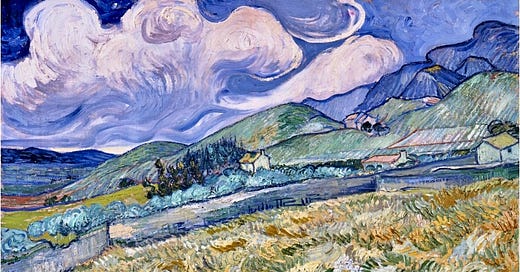



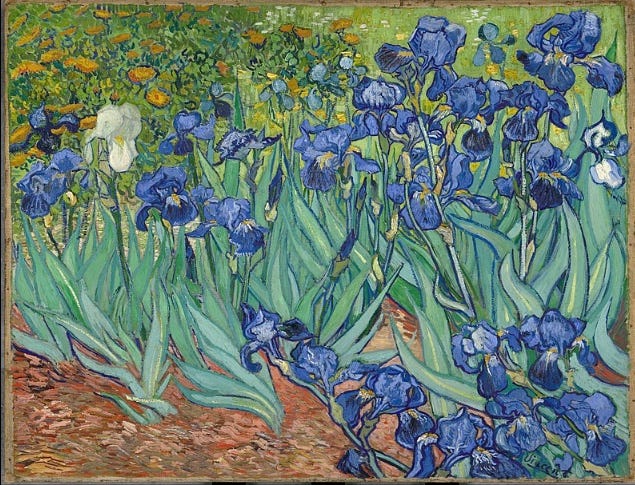
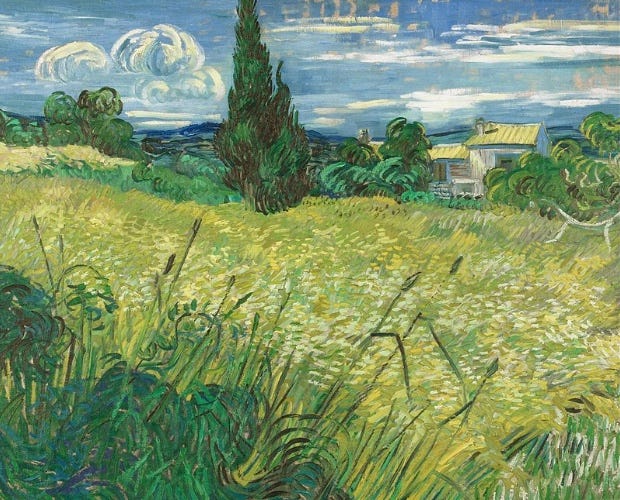

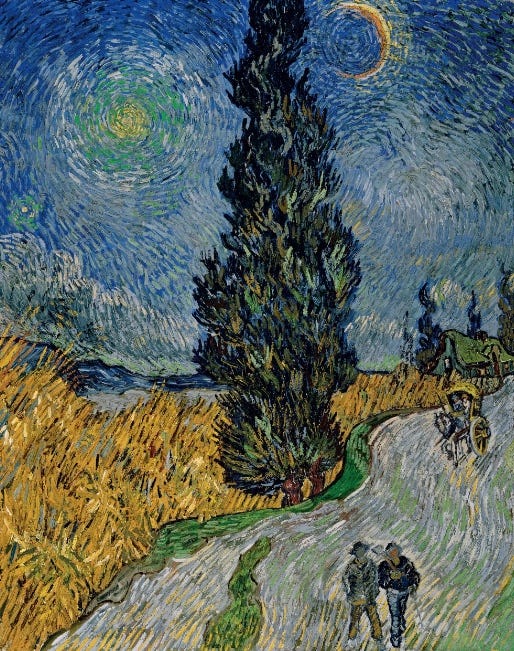
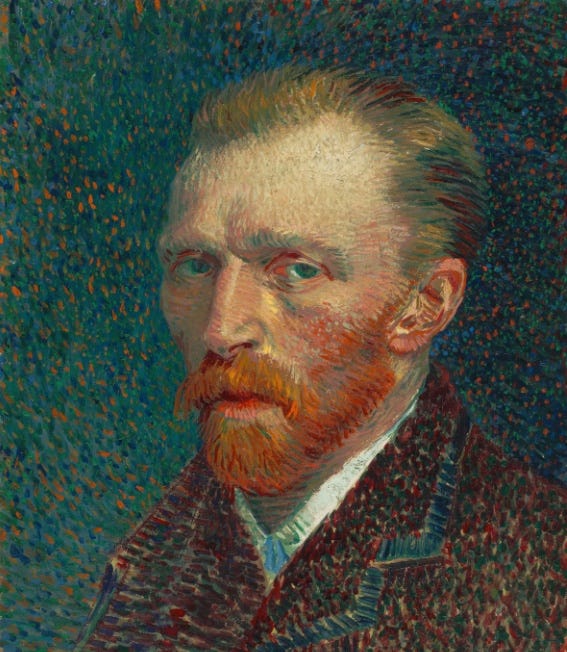


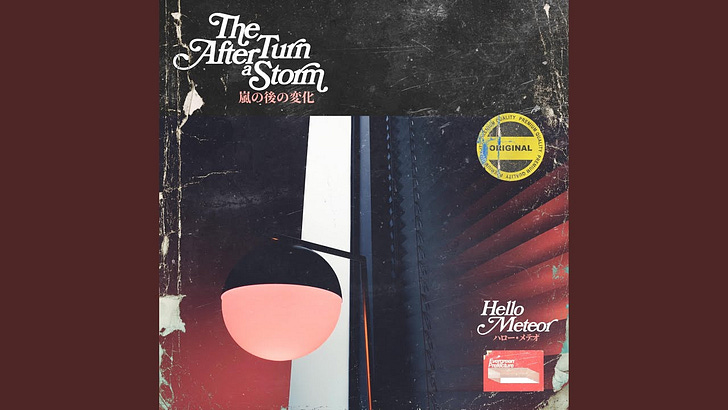
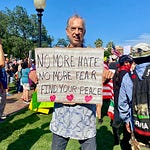
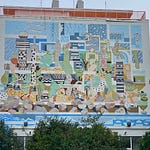
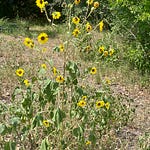

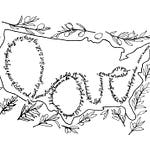
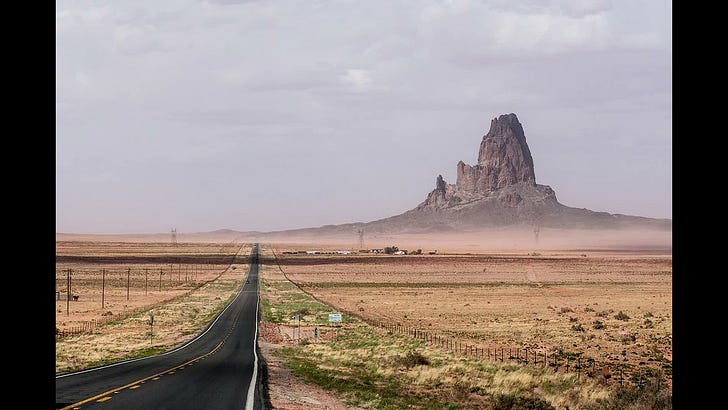
Share this post